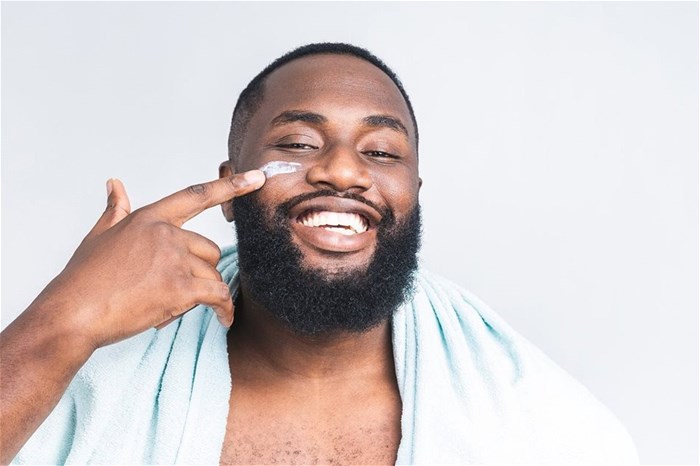The Health and Beauty report from Trade Intelligence reveals a sector on the rebound from Covid-19 and the global supply crunch, as well as one that is impacted by interesting new trends among consumers and retailers alike.
The continuous rise of the ‘wellness trend’ is supporting ongoing growth in the health and beauty channel, despite the relentless pressures on shoppers’ disposable income. However, shopper behaviour is starting to change as consumers navigate their wellness needs across the product categories of health and beauty.
“Winning through the rise of wellness in retail requires a dynamic approach, with innovation aligned to both shopper needs and evolving retailer initiatives,” says Sandy Sutton, a senior analyst at retail research business Trade Intelligence.
In its Health and Beauty Report, Trade Intelligence takes a focused look at these key categories, examining how shifts in market dynamics are influencing their performance. The report explores the South African shopper’s needs and preferences, revealing interesting shifts in behaviour regarding brand loyalty and channel selection. The report also includes deep dives on key sub-categories, to help users understand shopper needs and behaviours.
It provides marketing, category and shopper marketing teams with actionable insights to position their offering and align their channel strategies to grow and defend market share across the health, beauty, personal care and fragrance categories.
Channel architecture
The wellness sector includes a wide spectrum of health and beauty product and service offerings available to shoppers and consumers through various channels.
Blurring of product categories – In many cases, product categories are likely to blur, e.g. is an Omega-3 capsule a nutritional product or a natural medicine for arthritis? Is acne ointment a personal care or medicinal product? Is a moisturising glossy lip balm a personal care or cosmetic product? Blurring of product categories creates space for innovation, not only within health and beauty, but also in adjacent and seemingly unrelated categories.
Blurring of channels – Channel blurring is as relevant to the health and beauty category as it is to the rest of the FMCG market. This route-to-market blurring has resulted in the development of an ‘interactive ecosystem’, where manufacturers deliver to formal corporate retail, independent wholesalers and direct to independent retailers, practitioners, traders and e-commerce.
From a channel and route-to-market perspective, the wellness sector provides multiple points for suppliers to enter the market. At the same time, it provides multiple access points for shoppers.
Channel size and performance
Although category sizing is complicated by varied definitions across sources, the personal care, beauty and health care channel reported high growth in 2022, supported by a rebound in beauty as mask mandates lifted at the beginning of the year.
The personal care category is seeing high inflation, as palm oil prices are under pressure since Russia’s invasion of Ukraine in February 2022 – the higher input prices were still impacting selected personal care products at the end of 2023.
In 2022, the South African market recovered to ahead of pre-pandemic levels. The personal care, beauty and health care channel did an estimated R78.0bn in turnover; personal care was the biggest contributor to the channel at 47%, while beauty was the fastest growing segment, experiencing +28.6% growth for 2022. The health category has been more muted with growth of only +5% as the category normalises.
Local retailers
Global retail trends playing out within health, beauty and personal care give an indication of how and where growth can be achieved and point to opportunities for innovation. “It is reassuring to see how on trend South African retailers are in their strategies around health, beauty and personal care,” says Sutton.
Personal care as the biggest category has attracted competition from retailers across the board, as margins in the health care category have been squeezed, due to a proliferation of products in recent years.
Local shopper sentiment
As part of the research process, Trade Intelligence surveyed South African shoppers to better understand them and their shopping behaviour in each of these categories – personal care, cosmetics, fragrance and health (including vitamins, supplements and OTC).
A striking feature of the findings is how closely shoppers tend to follow trends in the respective categories. A massive 90% of cosmetics shoppers say they follow trends sometimes or all the time, and at 80%, health care category shoppers were not far behind. Interestingly, fragrance shoppers are on the lower end, with 30% saying they never follow trends – perhaps an indication of the intense loyalty attached to their choice of fragrance.
Another similarity between these shoppers is that price is the most often mentioned influence on purchase decisions. However, despite the relentless pressure on shoppers’ disposable income, the health and beauty channel continues to grow.
For more information about how the Health and Beauty Report can improve your understanding of retail and consumers trends in this growing market, see here.































